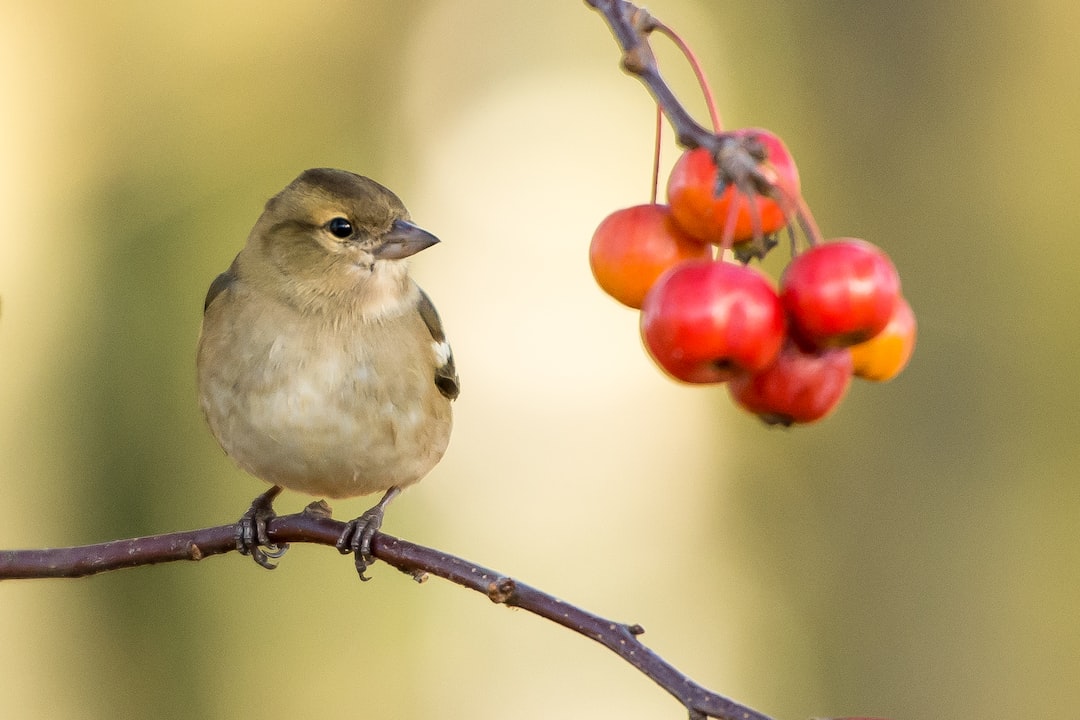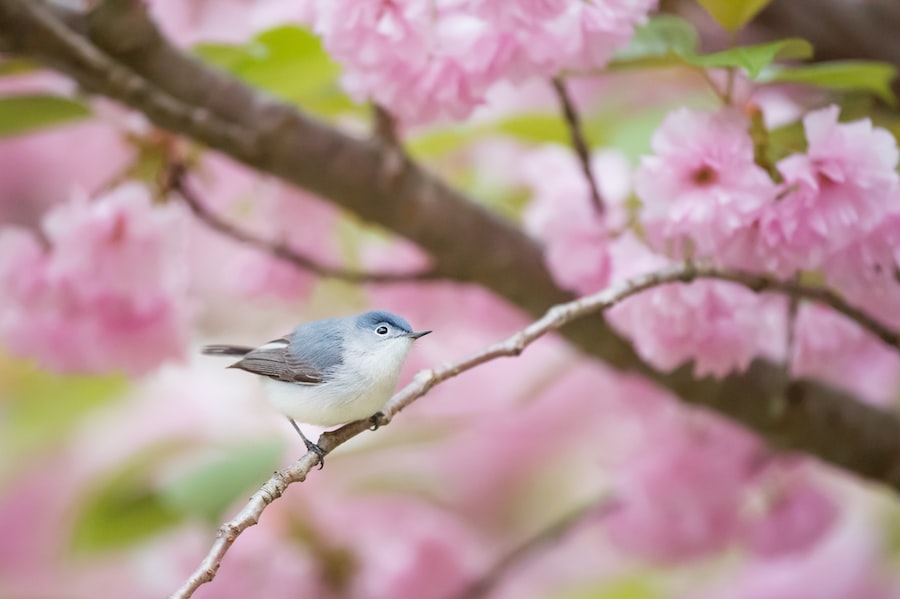Master the Art of Pruning: A Step-by-Step Guide to Trimming Your Bird of Paradise

Pruning is an essential practice for maintaining the health and beauty of your bird of paradise plants. These tropical plants are known for their vibrant flowers and striking foliage, but without proper pruning, they can become overgrown and lose their shape. Pruning not only helps to promote growth and maintain the plant’s shape, but it can also improve flower production. In this article, we will explore the importance of pruning your bird of paradise plants and provide a step-by-step guide on how to do it effectively.
Key Takeaways
- Pruning your bird of paradise is important for maintaining its shape and health, as well as promoting flower production.
- The best time to prune your bird of paradise is in the spring or early summer.
- Essential tools for pruning your bird of paradise include pruning shears, loppers, and gloves.
- When identifying which branches to prune, look for dead, damaged, or diseased branches, as well as those that are crossing or rubbing against each other.
- To start pruning your bird of paradise, begin with the oldest and tallest branches and work your way down.
Understanding the Importance of Pruning Your Bird of Paradise
Pruning is a crucial aspect of plant care that helps to promote healthy growth and maintain the desired shape of your bird of paradise plants. By removing dead or damaged branches, you allow the plant to focus its energy on new growth. Pruning also helps to improve air circulation and sunlight penetration, which can prevent diseases and promote overall plant health.
In addition to promoting growth and maintaining shape, pruning can also enhance flower production in bird of paradise plants. By removing old flowers and cutting back certain branches, you can stimulate the plant to produce more blooms. This is especially important for bird of paradise plants that are grown for their stunning flowers.
When is the Best Time to Prune Your Bird of Paradise?
The best time to prune your bird of paradise plants is in late winter or early spring, before new growth begins. This allows the plant to recover from pruning and encourages vigorous growth during the growing season. Pruning during other times of the year can be detrimental to the plant’s health, as it may not have enough energy to recover from the pruning process.
It’s important to note that if you live in a region with mild winters, you may need to adjust your pruning schedule accordingly. In these areas, you can prune your bird of paradise plants in late fall or early winter when they are entering a period of dormancy.
The Essential Tools You’ll Need for Pruning Your Bird of Paradise
| Tool | Description |
|---|---|
| Pruning Shears | A small, handheld tool used for cutting small branches and stems. |
| Loppers | A larger, two-handed tool used for cutting thicker branches and stems. |
| Pruning Saw | A saw with a curved blade used for cutting larger branches and stems. |
| Gloves | Protective gloves to prevent cuts and scratches while pruning. |
| Garden Bag | A bag or container to collect and dispose of the pruned branches and stems. |
To effectively prune your bird of paradise plants, you will need a few essential tools. These include pruning shears, gloves, and a ladder or step stool if your plant is tall. Pruning shears are necessary for cutting through branches, while gloves will protect your hands from thorns and other sharp edges. It’s important to choose high-quality tools that are sharp and well-maintained to ensure clean cuts and minimize damage to the plant.
After each use, it’s important to clean and oil your pruning shears to prevent rust and maintain their sharpness. You can use a mixture of water and mild soap to clean the blades, and then dry them thoroughly before applying a thin layer of oil. This will help to keep your tools in good condition and ensure they are ready for the next pruning session.
How to Identify Which Branches to Prune on Your Bird of Paradise
When pruning your bird of paradise plants, it’s important to identify which branches need to be pruned. Start by looking for dead or damaged branches, as these should be removed first. Dead branches can be identified by their lack of leaves or flowers, while damaged branches may have broken or split wood.
In addition to removing dead or damaged branches, you may also need to prune certain branches for optimal growth and shape. Look for branches that are crossing or rubbing against each other, as these can cause damage and hinder growth. You can also prune back any branches that are growing in an undesirable direction or are too long.
Step-by-Step Guide to Pruning Your Bird of Paradise: Where to Start

1. Begin by putting on your gloves to protect your hands from thorns and sharp edges.
2. Use your pruning shears to remove any dead or damaged branches first. Make clean cuts just above the branch collar, which is the swollen area where the branch meets the trunk.
3. Next, look for branches that are crossing or rubbing against each other. Choose one of the branches to keep and remove the other. Again, make clean cuts just above the branch collar.
4. If you need to shape your bird of paradise plant, start by cutting back any branches that are growing in an undesirable direction or are too long. Make cuts just above a leaf node or bud to encourage new growth.
5. Step back and assess the plant’s shape as you go, making additional cuts as needed to achieve the desired shape.
Tips for Maintaining the Shape and Health of Your Bird of Paradise
After pruning your bird of paradise plants, it’s important to take steps to maintain their shape and health. Regularly inspect your plants for any signs of disease or pests, and take appropriate action if necessary. Water your plants consistently and provide them with adequate sunlight to promote healthy growth.
To maintain the shape of your bird of paradise plants, you may need to do some light pruning throughout the year. This can involve removing any new growth that is detracting from the desired shape or cutting back branches that have become too long. By staying on top of these maintenance tasks, you can ensure that your plants continue to look their best.
How to Prune Your Bird of Paradise for Maximum Flower Production
If you want to maximize flower production in your bird of paradise plants, there are a few pruning techniques you can use. Start by removing any old flowers as soon as they fade. This will prevent the plant from wasting energy on seed production and encourage it to produce more blooms.
You can also prune back certain branches to stimulate flower production. Look for branches that have finished flowering and cut them back by about one-third. This will encourage new growth and increase the number of flowers produced by the plant.
Common Mistakes to Avoid When Pruning Your Bird of Paradise
While pruning is a beneficial practice for bird of paradise plants, there are some common mistakes that people make. One of the most common mistakes is pruning too much or too aggressively. This can weaken the plant and hinder its ability to recover from pruning. It’s important to only remove what is necessary and to make clean cuts to minimize damage.
Another mistake is pruning at the wrong time of year. Pruning during the wrong season can disrupt the plant’s growth cycle and lead to poor health. Always prune your bird of paradise plants in late winter or early spring, before new growth begins.
How to Dispose of Pruned Branches and Leaves Properly
After pruning your bird of paradise plants, it’s important to dispose of the pruned branches and leaves properly. Do not leave them on the ground around the plant, as this can attract pests and diseases. Instead, gather them up and dispose of them in a compost bin or green waste bin. If you don’t have access to these options, you can also cut the branches into smaller pieces and place them in a yard waste bag for disposal.
Troubleshooting: What to Do if Your Bird of Paradise is Not Responding to Pruning
If your bird of paradise plant is not responding to pruning, there may be an underlying issue that needs to be addressed. Start by checking the plant’s overall health and ensure that it is receiving adequate sunlight, water, and nutrients. If necessary, adjust your care routine accordingly.
If the plant continues to show signs of poor health or fails to respond to pruning, it may be a sign of a more serious problem such as disease or pest infestation. In these cases, it’s best to consult with a professional or a local garden center for guidance on how to address the issue.
Pruning is an essential practice for maintaining the health and beauty of your bird of paradise plants. By understanding the importance of pruning and following the proper techniques, you can promote growth, maintain shape, and improve flower production. Remember to prune your bird of paradise plants in late winter or early spring, use the necessary tools, and dispose of pruned branches and leaves properly. With these tips in mind, you can successfully prune your bird of paradise plants and enjoy their beauty for years to come.
If you’re looking for expert advice on how to prune a bird of paradise, look no further than Lawn World. Their comprehensive guide on bird of paradise pruning techniques is a must-read for any garden enthusiast. From step-by-step instructions to helpful tips and tricks, this article will ensure that you can maintain the health and beauty of your bird of paradise plant. Don’t miss out on this valuable resource – check out the article here and take your gardening skills to the next level. And while you’re at it, don’t forget to explore Lawn World’s sitemap here for more useful articles and resources.
FAQs
What is a bird of paradise plant?
A bird of paradise plant is a tropical plant native to South Africa that produces large, colorful flowers that resemble the shape of a bird’s head.
Why is pruning important for a bird of paradise plant?
Pruning is important for a bird of paradise plant to maintain its shape, promote healthy growth, and encourage the production of new flowers.
When is the best time to prune a bird of paradise plant?
The best time to prune a bird of paradise plant is in the spring or early summer, after the plant has finished flowering.
What tools do I need to prune a bird of paradise plant?
You will need a pair of sharp pruning shears or scissors, gloves, and possibly a ladder if the plant is tall.
How do I prune a bird of paradise plant?
To prune a bird of paradise plant, start by removing any dead or damaged leaves and flowers. Then, trim back any overgrown or leggy stems to promote new growth. Be sure to cut at a 45-degree angle just above a leaf node.
Can I prune a bird of paradise plant too much?
Yes, it is possible to prune a bird of paradise plant too much, which can stunt its growth and reduce its ability to produce flowers. It is important to only remove what is necessary and not to cut back more than one-third of the plant at a time.
What should I do after pruning a bird of paradise plant?
After pruning a bird of paradise plant, water it thoroughly and fertilize it with a balanced fertilizer to promote healthy growth.



